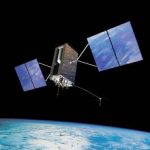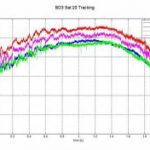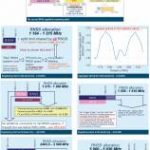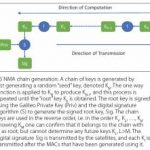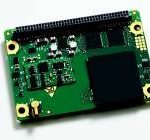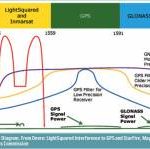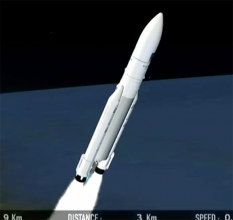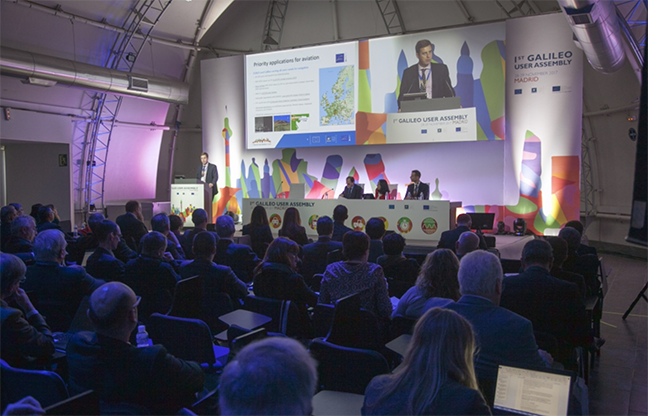European Space Agency Ushers in 2018
The opening of the New Year at the European Space Agency (ESA) came in the wake of another spectacular launch for Europe’s GNSS program; last December, four Galileo satellites were lifted into space from Kourou, French Guyana, on board the thundering Ariane 5 launcher, by all accounts leaving witnesses awestruck.
By Inside GNSS



